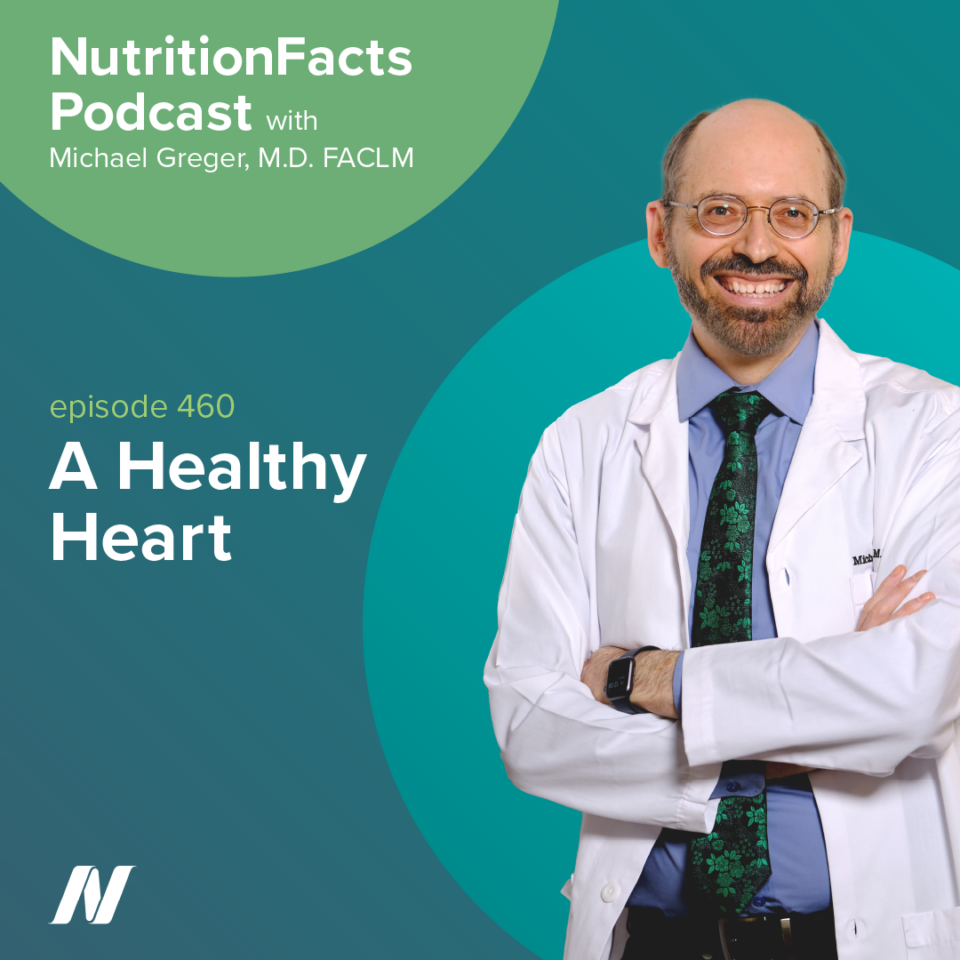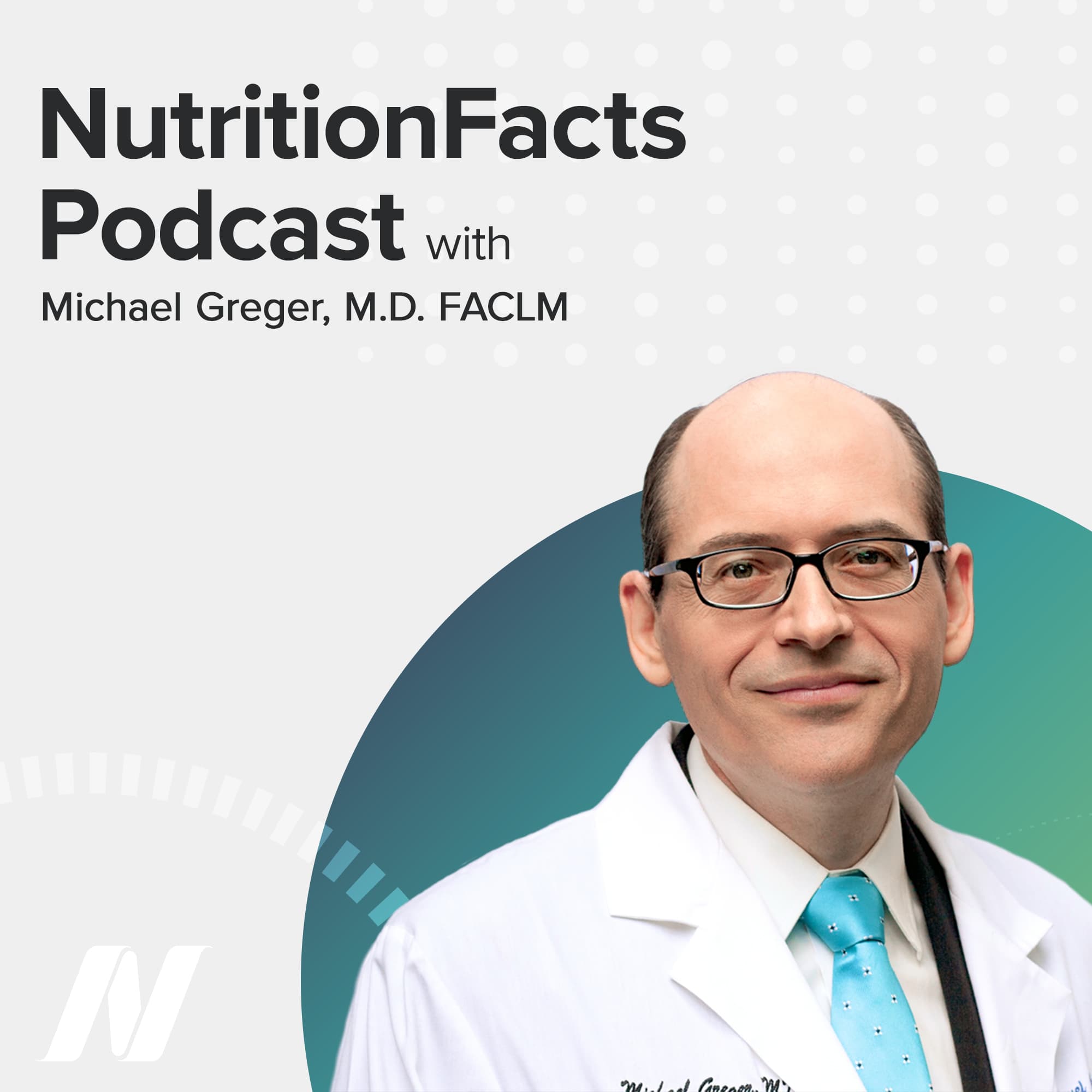Today, we learn a little bit more about how to keep our heart healthy. And we start with ways to improve our heart rate variability.
Everyone feel for your pulse. Hold out your hand, thumb up, and feel for the knobby bone at the top of your wrist. Now, slide your hand down across the front of your wrist. Do you feel those strands of spaghetti? Those are the tendons in your wrist. If you press lightly between the knobby bone and that first tendon, you should feel your pulse. Got it?
Okay, now what we’re going to do is feel what happens to our pulse when we take a deep breath. We’re going to try it twice. Try to feel what happens to your pulse when you inhale, and when you exhale. All right, here we go—slow inhale…slow exhale. One more time…in…out.
What happened when you breathed in and breathed out? You should have felt your pulse speed up when you inhaled and slow down when you exhaled—that’s called heart rate variability, a measure of the control our vagus nerve has over our heart. And it’s a good thing. A healthy heart is not a metronome.
Low heart rate variability predicts greater risk of heart disease and death from several causes. High-risk patients with lower variability in heart rate have twice the risk of dying prematurely. Is there anything we can do to positively impact heart rate variability? Voluntary slow breathing, at about six breaths per minute, is a technique that’s been used for thousands of years as an essential part of many meditative and relaxation practices. It can benefit several heart rate variability parameters, offering a low-tech, low-cost technique.
Speaking of low-tech, low-cost: What about exercise? Aerobic training at least twice a week positively influences heart nerve control.
What about what we eat? Those eating plant-based diets have better overall heart rate variability. Vegetarians, for example, don’t tend to have only better blood pressure, cholesterol, triglycerides, and blood sugars; they also have better heart rate variability. The vagus nerve toning effects of plant-based diets may help explain part of their cardioprotective effect. Any plants in particular? While no significant association was seen between heart rate variability measures and the intake of fruits and vegetables in general, the consumption of green leafy vegetables seems to stand out, perhaps helping to explain why eating just half a serving of greens a day may cut our risk of having a heart attack by up to 67 percent! So, boost nerve control to your heart buy any greens necessary.
In our next story, How Not to Die from heart disease.
The most likely reason most of our loved ones will die is heart disease. It’s still up to each of us to make our own decisions as to what to eat and how to live—but, we should make these choices consciously, educating ourselves about the predictable consequences of our actions.
Atherosclerosis, hardening of the arteries, begins in childhood.
By age ten, the arteries of nearly all kids raised on the Standard American Diet already have fatty streaks—the first stage of the disease.
Then, the plaques start forming in our twenties, get worse in our thirties, and then can start killing us off. In our heart, it’s called a heart attack. In our brain, it can manifest as a stroke.
Then, the choice isn’t whether or not to eat healthy to prevent heart disease; it’s whether or not you want to reverse the heart disease you likely already have.
Is that even possible? When researchers took people with heart disease and put them on the kind of plant-based diet followed by populations that did not get epidemic heart disease, their hope was that it might slow the disease process down—maybe even stop it. But, instead, something miraculous happened.
The disease started to reverse, to get better. As soon as patients stopped eating artery-clogging diets, their bodies were able to start dissolving some of the plaque away, opening up arteries without drugs, without surgery—suggesting their bodies wanted to heal all along, but were just never given the chance.
Let me share with you what’s been called the best-kept secret in medicine. The best-kept secret in medicine is that sometimes, given the right conditions, the body can heal itself.
You know, if you whack your shin really hard on a coffee table, it can get all red, hot, painful, swollen, inflamed—but, will heal naturally, if you just stand back and let your body work its magic. But, what if you kept whacking your shin in the same place, day after day—in fact, three times a day (breakfast, lunch, and dinner). It’d never heal!
You’d go to your doctor, and be like, “Oh, my shin hurts,” and the doctor would be like, “No problem,” whip out their pad, write you a prescription for painkillers. You’re still whacking your shin three times a day. Oh, it still really hurts like heck, but oh, feels so much better with those pain pills on board. Thank heavens for modern medicine.
It’s like when people take nitroglycerine for crushing chest pain—tremendous relief, but you’re not doing anything to treat the underlying cause.
Our body wants to come back to health, if we let it. But, if we keep re-damaging ourselves three times a day, we may never heal.
One of the most amazing things I learned in all my medical training was that within about 15 years of stopping smoking, your lung cancer risk approaches that of a lifelong nonsmoker. Isn’t that amazing? Your lungs can clear out all that tar, and eventually, it’s almost as if you never started smoking at all.
And, every morning of our smoking life, that healing process started, until…wham!…our first cigarette of the day, reinjuring our lungs with every puff—just like we can reinjure our arteries with every bite, when all we had to do all along, the miracle cure, is just stand back, get out of the way, stop re-damaging ourselves, and let our bodies’ natural healing processes bring us back towards health. The human body is a self-healing machine.
Sure, you could choose moderation—hit yourself with a smaller hammer. But, why beat yourself up at all?
I don’t tell my smoking patients to cut down to half a pack a day. I tell them to quit. Sure, a half pack is better than two packs a day—but, we should try to only put healthy things in our mouths.
We’ve known about this for decades: American Heart Journal, 1977. Cases like Mr. F.W. here; heart disease so bad, he couldn’t even make it to the mailbox—but, started eating healthier, and, a few months later, he was climbing mountains. No pain.
Plant-based diets aren’t just safer and cheaper. They can work better, because you’re treating the actual cause of the disease.
Finally, today, when doctors withhold dietary treatment options from cardiac patients, they are violating the cornerstone of medical ethics, informed consent.
When he was a surgeon at the Cleveland Clinic, Dr. Caldwell Esselstyn published a controversial paper in the American Journal of Cardiology. Heart bypass operations carry significant risks, including the potential to cause “further heart damage, stroke, [and] brain dysfunction.” Angioplasty isn’t much better, also carrying “significant mortality and morbidity,” and often doesn’t work, in terms of decreasing risk of subsequent heart attack or death. “So, it seems we have an enormous paradox. The disease that is the leading killer of men and women in Western civilization is largely untreated.” “The benefits [of the invasive procedures] are at best temporary,…with most patients eventually succumbing to their disease.” In cancer, we call that palliative care, where we just kind of throw up our hands, throw in the towel, and give up actually trying to treat the disease. So, why does this juggernaut of invasive procedures persist? Well, one reason is that “performing [surgical] interventions has the potential for enormous financial reward.”
That’s considered one of the barriers to the practice of “preventive cardiology”—”adequate return.” Diet and lifestyle interventions “loses money for the physician.” “Although the practice of preventive cardiology is not…as lucrative…,” this article was hoping to nudge cardiologists in that direction by appealing to less tangible benefits.
Another barrier is doctors don’t think patients want it. Physician surveys show that doctors often don’t even bring up diet and lifestyle options, assuming that patients would prefer, for example, to be on cholesterol-lowering drugs every day for the rest of their lives. That may be true for some, but it’s up to the patient to decide.
According to the official AMA Code of Medical Ethics, physicians are supposed to “disclose all relevant medical information to patients.” “The patient’s right [of] self-decision can be effectively exercised only if the patient possesses enough information to enable an informed choice…The physician’s obligation is to present the medical facts accurately to the patient.”
For example, before starting someone at moderate risk on a cholesterol-lowering statin drug, a physician might ideally say something like, “You should know that for [folks in your situation], the number of individuals who must be treated with a statin to prevent one death from a cardiovascular event such as a heart attack or stroke—is generally between 60 and 100, which means that if I treated 60 people in your position, 1 would benefit and 59 would not. As these numbers show, it is important for you to know that most of the people who take a statin will not benefit from doing so and, moreover, that statins can have side effects, such as muscle pain, liver damage, and upset stomach, even in people who do not benefit from the medication. I am giving you this information so that you can weigh the risks and benefits [of drugs versus diet] and then make an informed decision.”
Yet, I mean, how many physicians have these kinds of frank and open discussions with their patients? Non-disclosure of medical information by doctors, that kind of “paternalism,” is supposed to be a thing of the past. Now, physicians are supposed to honor informed consent, unless the patient is in a coma or something, and it’s an emergency. But, too many physicians continue to treat their patients as if they were unconscious.
At the end of this long roundtable discussion on angioplasty and stents, the editor-in-chief of the American Journal of Cardiology reminded the participants of an important fact to place it all in context. Atherosclerosis is due to high cholesterol, which is due to poor dietary choices, and so, “If we all existed on a plant-based diet, we would not have [even] needed this discussion.”

 Previous Podcast
Previous Podcast Next Podcast
Next Podcast